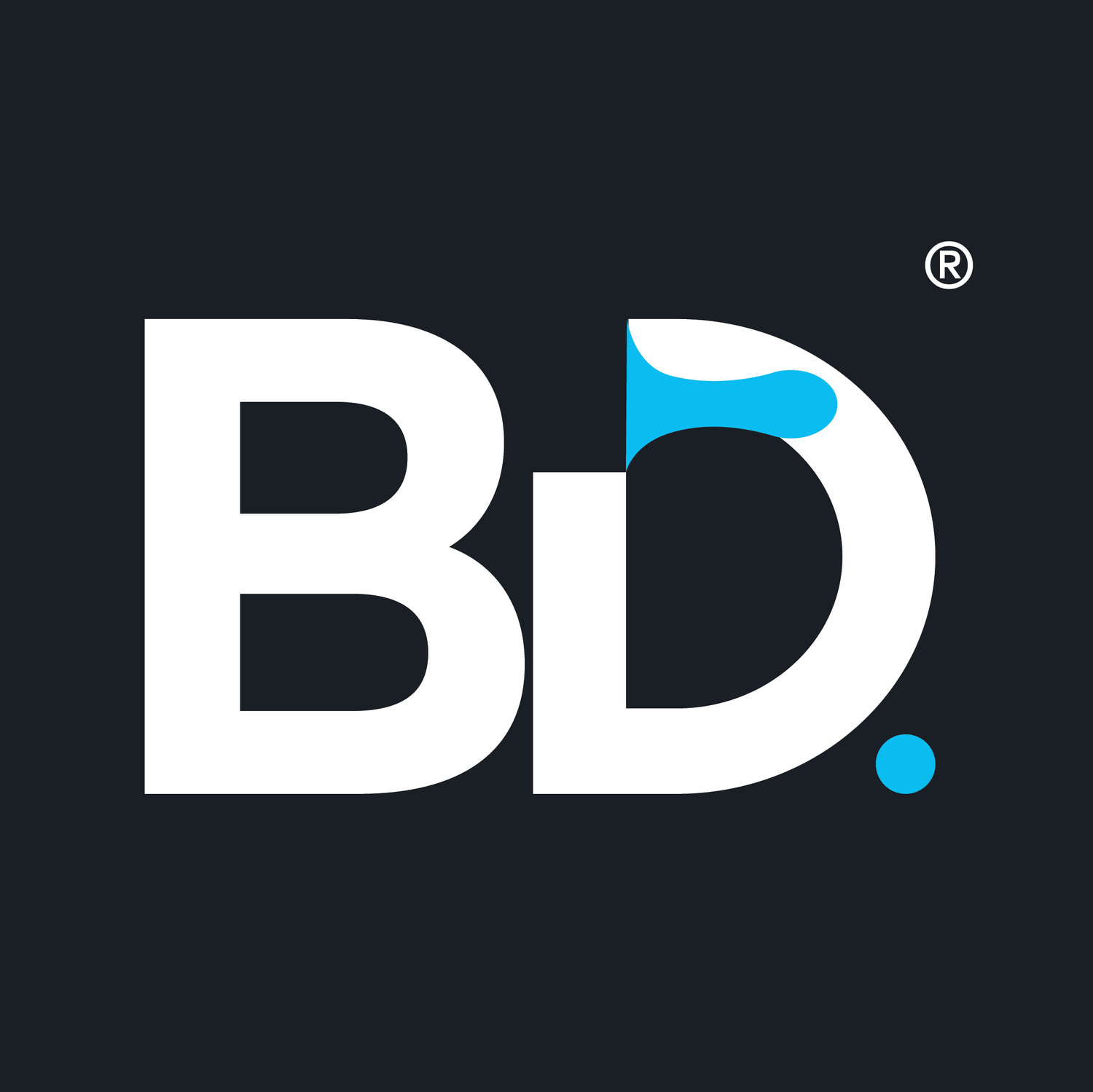Essential Business Tools for Streamlining Operations: A Global Perspective on East vs. West
Photos by unsplash.com
In the fast-paced world of modern business, operational efficiency is paramount. As companies strive to stay competitive and relevant, streamlining operations becomes crucial. The right tools can significantly enhance productivity, reduce costs, and increase profitability. However, the selection and implementation of these tools often depend on various factors, including company size, budget, industry, and geographical context. This blog explores essential business tools that help streamline operations and compares the cultural differences between Eastern and Western approaches to business operations and tool adoption.
Essential Business Tools for Streamlining Operations
1. Project Management Tools
Project management tools are essential for businesses of all sizes, helping them plan, run, and monitor projects effectively. They aid in managing resources, establishing timelines, and ensuring timely task completion. Common project management tools include:
Trello: A user-friendly tool known for its visual task boards, ideal for smaller businesses or teams.
Asana: Provides advanced features such as task dependencies, timelines, and reporting for larger businesses.
Monday.com: A highly customizable platform that integrates with other tools to manage everything from project timelines to employee workloads.
Zoho Projects: A cloud-based project management software designed to help businesses streamline their project planning, execution, and tracking. It provides an array of tools that enhance collaboration, improve team productivity, and ensure timely project delivery.
In both Eastern and Western contexts, these tools are vital for improving productivity, but how they are implemented may vary based on cultural differences in communication and collaboration.
2. Customer Relationship Management (CRM) Software
A CRM system is indispensable for managing customer interactions, tracking sales, and improving customer service. By keeping track of leads, follow-ups, and customer history, CRM tools help businesses maintain strong customer relationships, ultimately driving sales and growth. Examples of CRM tools include:
Salesforce: One of the most popular CRM platforms, known for its robust features that cater to both small and large enterprises.
HubSpot CRM: A free, easy-to-use option for startups and small businesses looking to scale.
Zoho CRM: A highly customizable tool with a wide range of integrations.
Western businesses often use CRMs for personalized marketing and short-term promotions, while Eastern companies prioritize building long-term, friendly customer relationships. For example, in China, WeChat/WeCom is still the most popular tool for client communication and relationship management. The focus on trust in Eastern business culture shapes the way CRMs are used to foster and manage customer connections over time.
3. Accounting and Financial Tools
Financial management tools are essential for monitoring cash flow, budgeting, invoicing, and tax compliance, helping businesses maintain financial health and make informed decisions. Examples of popular accounting software include:
QuickBooks: A comprehensive solution for small to medium-sized businesses, offering invoicing, payroll, and tax filing features.
Xero: Cloud-based accounting software with an emphasis on collaboration between business owners and accountants.
Wave: A free accounting tool that’s ideal for small businesses or freelancers.
In Western businesses, the primary focus is often directed towards real-time financial reporting and the employment of predictive analytics, which play a crucial role in helping managers make informed decisions based on the most up-to-date financial data available. In contrast, in many Eastern cultures, the approach to financial management may involve adopting more conservative strategies, which prioritize ensuring long-term stability and sustainability over merely pursuing short-term gains that might seem appealing at first.
4. Communication and Collaboration Tools
Effective communication is the backbone of any successful organization. Tools that enhance internal communication, knowledge sharing, and collaboration are critical for streamlining operations. These tools include:
Slack: A messaging app that organizes team communication into channels, reducing email overload and improving collaboration.
Microsoft Teams: A comprehensive collaboration platform that integrates with Office 365 for document sharing, meetings, and team chats.
Zoom: Video conferencing software essential for remote teams or businesses with global operations.
Tencent meetings/VOOV CN: A cloud-based video conferencing service for online meetings, webinars, and video chats.
Communication tools vary between Eastern and Western companies. Western firms often use tools like Slack and Microsoft Teams to encourage transparency and informal idea exchange. In contrast, Eastern companies tend to focus on hierarchical communication and formal information sharing, affecting daily tool usage.
5. Supply Chain and Inventory Management Software
Efficient management of inventory and supply chains is essential for businesses that rely on physical products. Software solutions that help track inventory levels, manage suppliers, and optimize distribution channels can save businesses both time and money. Popular tools include:
TradeGecko: A tool designed to streamline inventory management, order fulfillment, and supplier relationships for small to mid-sized businesses.
NetSuite: An all-in-one business management solution that includes ERP, financials, CRM, and inventory management.
SAP S/4HANA: A comprehensive ERP system for larger enterprises with complex supply chain needs.
Western businesses focus on real-time inventory tracking and predicting demand, using data analytics to improve efficiency. Eastern companies emphasize strong vendor relationships and long-term supply chain stability, valuing trust and collaboration in business.
6. Marketing Automation Tools
Marketing automation platforms are designed to help businesses effectively scale their marketing efforts by automating repetitive tasks that can consume valuable time and resources. These platforms streamline processes such as email campaigns, social media scheduling, and lead nurturing, allowing marketing teams to focus on strategy and creativity. Some of the most widely used tools in this space include:
Mailchimp: An easy-to-use email marketing tool with a free tier suitable for small businesses.
Marketo: A sophisticated platform designed for larger companies that need to automate multi-channel marketing campaigns.
Hootsuite: A tool for scheduling and analyzing social media content.
Sprout Social: A social media management platform that helps businesses manage and grow their social media presence. It 1 offers features like scheduling posts, monitoring mentions, analyzing performance, and engaging with customers across various platforms like Facebook, Twitter, Instagram, and LinkedIn.
Western companies are often at the forefront of adopting marketing automation tools, using them for data-driven decision-making, customer segmentation, and highly personalized marketing. In contrast, Eastern businesses may be more conservative in their approach to automation, focusing on building brand loyalty and relationships through more traditional marketing channels.
Licensed by adobestock.com
China’s Wechat Tool: CRM and Marketing in China
WeChat’s backend provides businesses with access to customer data that is crucial for building and nurturing relationships. By integrating CRM functionality into the backend, businesses can:
Segment Customers: Businesses can segment their customer base based on various factors, such as purchase history, engagement levels, and preferences. This allows for more personalized communication and marketing efforts.
Automated Messaging: With WeChat's backend, businesses can set up automated responses, follow-ups, and even chatbots to handle customer queries. This ensures that customers receive timely and relevant information, enhancing the customer experience.
User Engagement: The WeChat backend allows businesses to track how users interact with content, ads, and messages. This data helps businesses refine their content and marketing strategies to better engage and convert their audience.
WeChat’s backend provides a robust platform for content marketing. Brands can create, schedule, and publish articles, videos, and posts directly through their WeChat Official Account.
Rich Media Content: Businesses can incorporate a mix of media, including text, images, videos, and even interactive elements into their posts. This helps brands engage users more effectively.
WeChat Articles: Businesses can craft long-form content (WeChat Articles) that provide value to their audience, helping to position the brand as an authority in its field. These articles can be shared by users, creating organic reach.
Analytics: With the analytics tools in the WeChat backend, businesses can track which types of content are performing the best and adjust their strategy accordingly.
Integrated Analytics and Reporting
WeChat provides robust analytics tools on the backend, allowing businesses to track user engagement, interactions, and the performance of various marketing campaigns.
User Insights: Businesses can analyze customer demographics, behavior patterns, and preferences, helping them better tailor their marketing efforts.
Campaign Performance: The platform offers in-depth reporting on the performance of WeChat Ads, content, and promotions, allowing marketers to make data-driven decisions and refine their strategies.
Photos by unsplash.com
East vs. West: Cultural Influences on Tool Adoption
Cultural differences between the East and West can influence how businesses adopt and use operational tools. These differences manifest in various ways, including the attitudes toward technology, decision-making, and management styles.
1. Communication Styles
In Western businesses, communication tends to be direct and informal. Tools like Slack, Microsoft Teams, and email are used to promote openness and transparency, enabling employees to share ideas freely and give immediate feedback. This style of communication supports the use of collaboration tools that encourage quick, spontaneous interactions.
In Eastern cultures, communication is more formal and hierarchical. In many Eastern countries, respect for authority and seniority plays a key role in workplace interactions. As such, tools that facilitate structured communication, such as email or formal meeting platforms, are often preferred. There may be less emphasis on real-time collaboration and more focus on maintaining a respectful, professional tone in interactions.
2. Decision-Making Processes
Western businesses tend to have more decentralized decision-making processes, where decision-making is often shared among team members. This openness encourages the adoption of tools that promote quick decisions and collaboration. Tools like Asana or Slack are ideal for teams that value autonomy and real-time input from various stakeholders.
For Eastern businesses, however, often follow a more hierarchical decision-making model, with senior leaders making the final call. This can influence how tools are adopted. For instance, CRM systems or financial tools might be used more by top management in Eastern companies, with fewer people having direct access to these systems for decision-making purposes.
3. Risk Tolerance and Innovation
Western businesses are generally more willing to embrace risk and adopt cutting-edge technologies that can provide a competitive advantage. This can be seen in their quicker adoption of cloud-based tools, automation, and artificial intelligence (AI) technologies. These tools are seen as a means of driving innovation and staying ahead of the competition.
In Eastern cultures, businesses may take a more conservative approach to new technology, preferring solutions that are tried and tested. Companies in countries like Japan or South Korea may prioritize tools that have proven stability and reliability, even if they are not the latest innovations. There is often a greater focus on long-term stability rather than rapid growth.
Conclusion
Selecting the right tools for streamlining operations is crucial for any business. The tools you choose can have a significant impact on your efficiency, cost-effectiveness, and overall success. While project management tools, CRMs, financial software, and communication platforms are essential for businesses across the globe, the way these tools are adopted and utilized can differ based on cultural contexts.
Western businesses often focus on agility, transparency, and innovation, favoring tools that enable fast decision-making and collaboration. Eastern businesses, on the other hand, may prioritize stability, long-term relationships, and hierarchical communication, leading to a more conservative and structured approach to adopting business tools. Understanding these cultural nuances is essential for businesses seeking to implement the right tools to streamline operations effectively in any global market.



